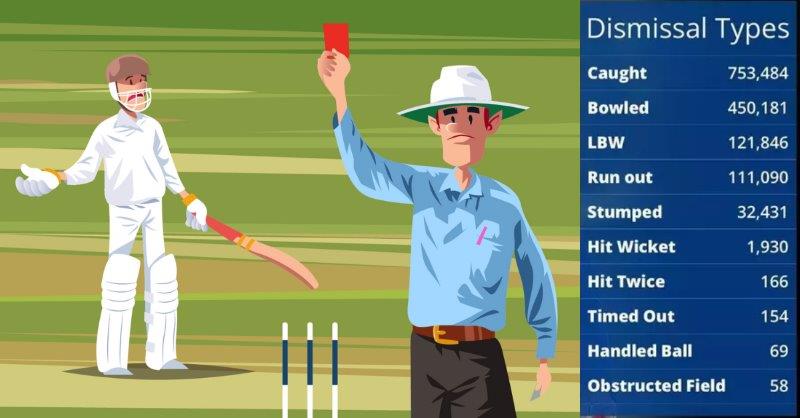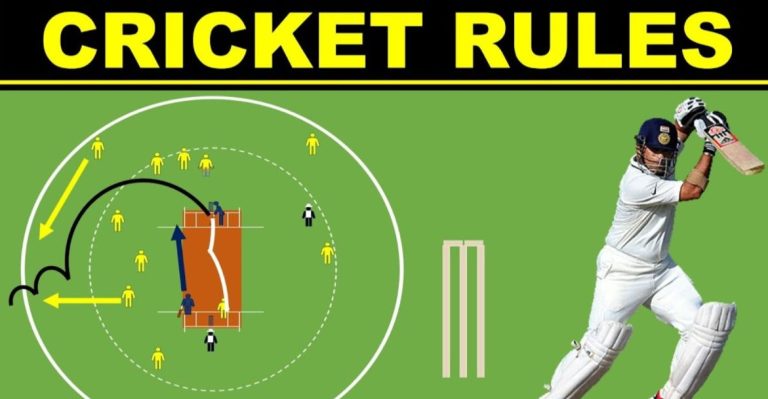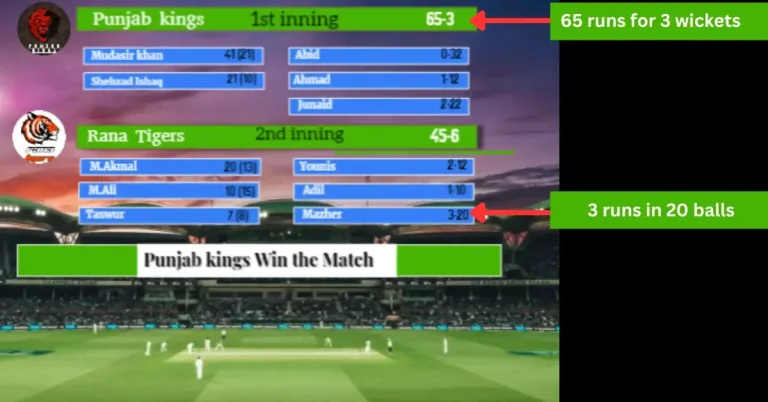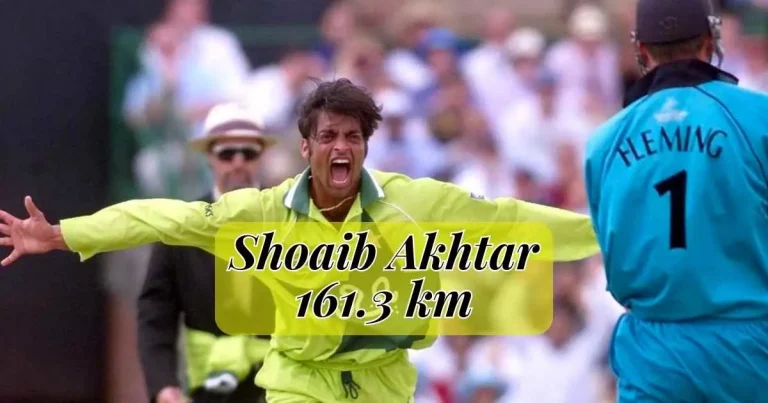How Many Outs are in Cricket? Bowled Out, Caught, LBW, Run Out
Many people worldwide enjoy playing cricket because it’s an enjoyable game. Newcomers often have questions. If you’re asking, “How Many Outs Are in Cricket?” You’re in the correct place. Let’s discover the fundamentals of this thrilling game together.
The Ten Types Of Out
Cricket has ten ways to remove a player. Each method has unique characteristics, affecting how the game evolves.
| No | Type of out | Description |
| 1 | Bowled | The bowler hits the batsman really hard, breaking his sticks. |
| 2 | Caught | The batsman smacks the ball with his bat, and the fielder catches it smoothly. |
| 3 | Leg before Wicket (LBW) | The batsman blocks the ball to protect the sticks. |
| 4 | Run Out | If the bails are tossed or, the stumps are broken, the batsman is out. |
| 5 | Stumped | When the batsman steps out of position, the wicket-keeper moves the bails with the ball. |
| 6 | Handled the Ball | The batsman purposely redirects the ball to change its path. |
| 7 | Obstructing the Field | A batsman obstructs a fielder from catching the ball on purpose.. |
| 8 | Hit Wicket | The batsman accidentally hits the wicket while trying to run. |
| 9 | Timed Out | The batsman misses the crease within the set time. |
| 10 | Retired Out | The batsman ends their inning voluntarily. |
1. Bowled
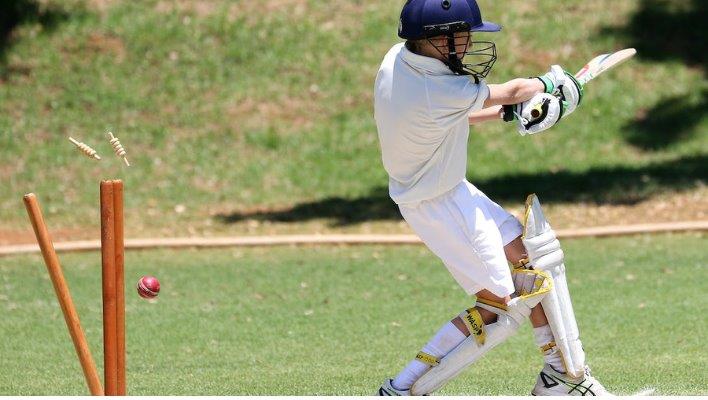
The bowler knocks down the batsman’s stumps with a precise throw, a classic method to dismiss a batsman in cricket. It shows the bowler’s skill in outsmarting the batsman with accurate and moving deliveries.
2. Caught
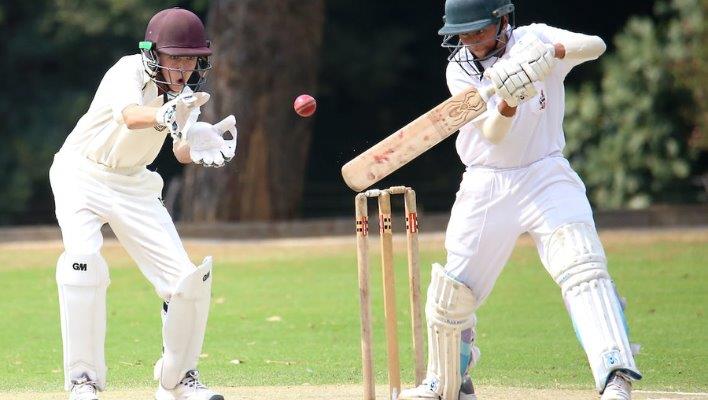
A catch happens when a fielder grabs the ball cleanly after the batsman hits it. The key to success in this dismissal is the fielder’s speed, agility, and smart positioning.
3. Leg before Wicket (LBW)
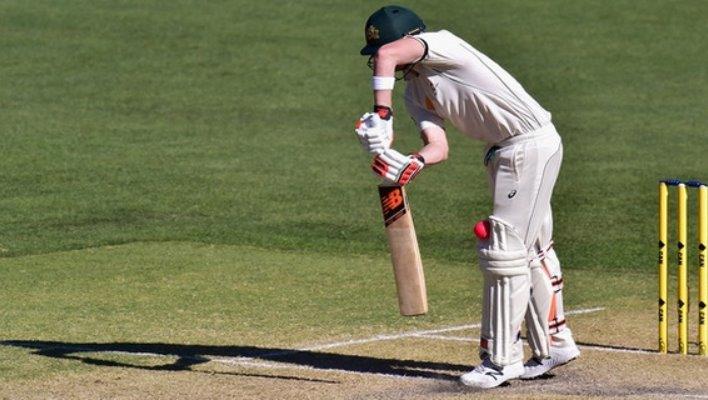
The umpire calls Leg Before Wicket (LBW) when they decide that the batsman is obstructing the ball, preventing it from reaching the stumps. Because of the intricacy of the situation, it is a choice that often gives rise to heated arguments and discussions among cricket fans.
4. Run Out
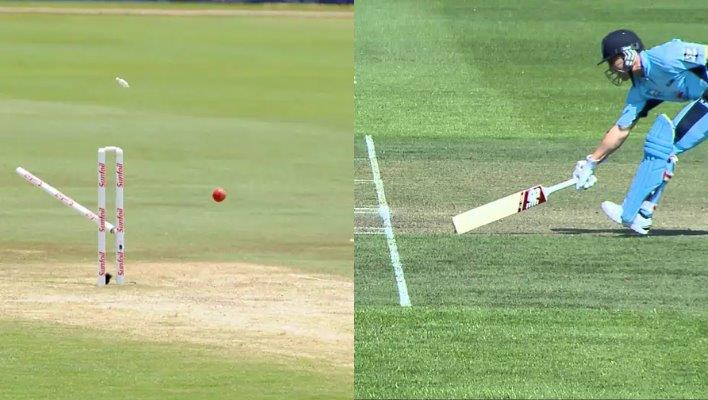
A runout occurs in the game of cricket. If a batsman is caught out of their designated area, the bails are taken off or the stumps are knocked down. In order to be effective, run-outs need lightning-fast responses and pinpoint accuracy with throws.
5. Stumped
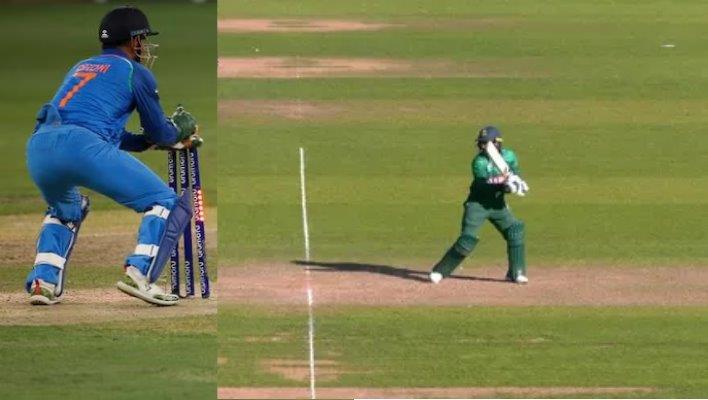
When the wicketkeeper removes the bails from the wicket while holding the ball in their hands and the batsman is outside of their crease, this is known as a stump-out. It requires quick reactions and proficient handwork with the gloves.
6. Handled the Ball

During this kind of out, the batsman intentionally contacts the ball, which causes it to deviate from its direction of travel rather than continue on along its regular path. It’s an unorthodox approach to getting rid of an employee, but it works.
7. Obstructing the Field
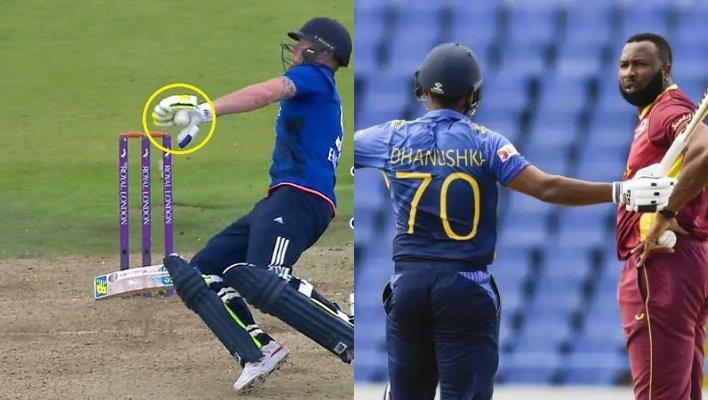
When a batsman purposely impedes a fielder’s effort to make a catch, this is known as “obstructing the field,” and it is a foul. Even though it is an unorthodox method of removing players from the competition, it can provide some really exciting moments during the game.
8. Hit Wicket
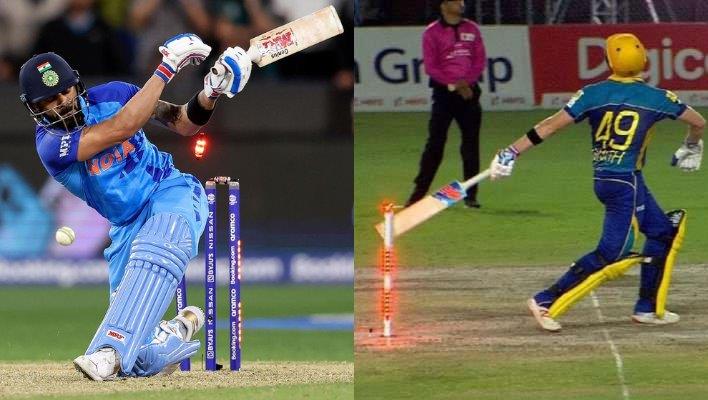
When a batsman hits the wicket with their bat while attempting to run, this results in a hit-wicket dismissal. During the game, this might take place at any point. It injects something novel and exciting into the action of the game.
9. Timed Out

When the allowed duration of time passes and the batsman still has not arrived at the crease, the game is said to have been timed out. Batters definitely need to be fast on their feet in order to be successful in situations like this.
10. Retired Out

A retired out can be described as a voluntary dismissal in which the batsman vacates the field after announcing their own dismissal. Cricket has a higher frequency of retired players compared to other sports. This occurs because of a multitude of factors, with injuries and tactical team judgments being the most prevalent. See Also: Most Sixes In T20i
What Are The 11 Ways To Get Out In Cricket?
In cricket, there are ten ways to get out. Ways a batsman can be out in cricket are: getting caught, getting bowled, being declared leg before wicket (LBW), getting stumped, hitting their own wicket, being run out, running out of time, handling the ball, obstructing the field, and hitting the ball twice. There’s also an 11th way called ‘retired out,‘ which is distinct from ‘retired hurt.
FAQs
In cricket, a batsman can be out in 11 ways: bowled, caught, leg before wicket (LBW), run out, stumped, hit wicket, hit the ball twice, obstructing the field, timed out, retired out, and handling the ball.
Yes, two wickets can fall in one ball, typically because of a run-out where both the striker and non-striker end up at the same end of the pitch and are run out simultaneously.
Yes, a batsman can touch the ball with their bat while batting. That’s how they score runs and manipulate the ball’s placement.
Yes, a bowler can contribute to stumping a batsman, but it usually requires the wicket-keeper’s help. The wicket-keeper removes the bails after the batsman leaves the crease.
In cricket, each team has ten wickets to lose in their innings. The number of outs isn’t limited, but the innings ends when all ten wickets are lost.

